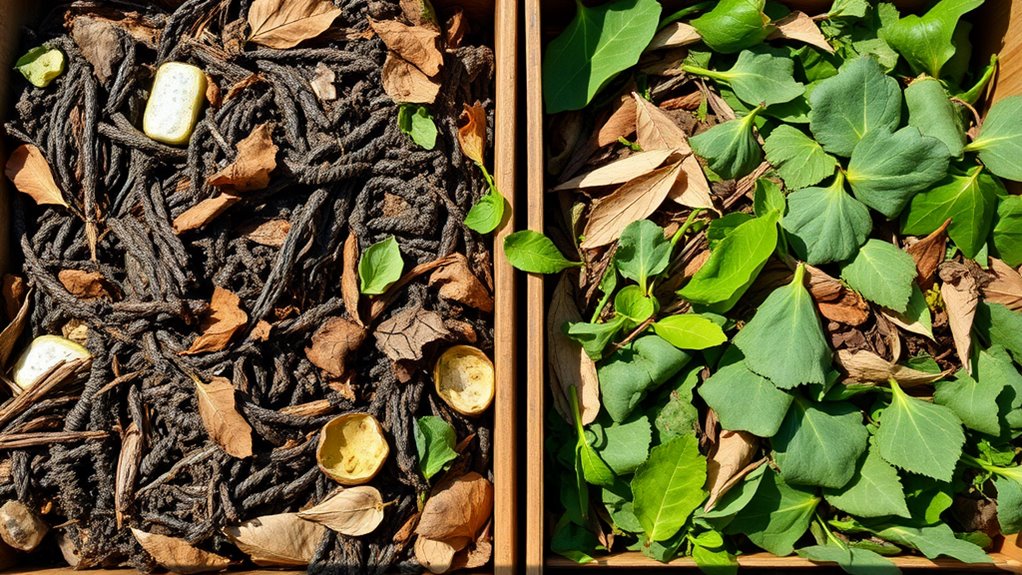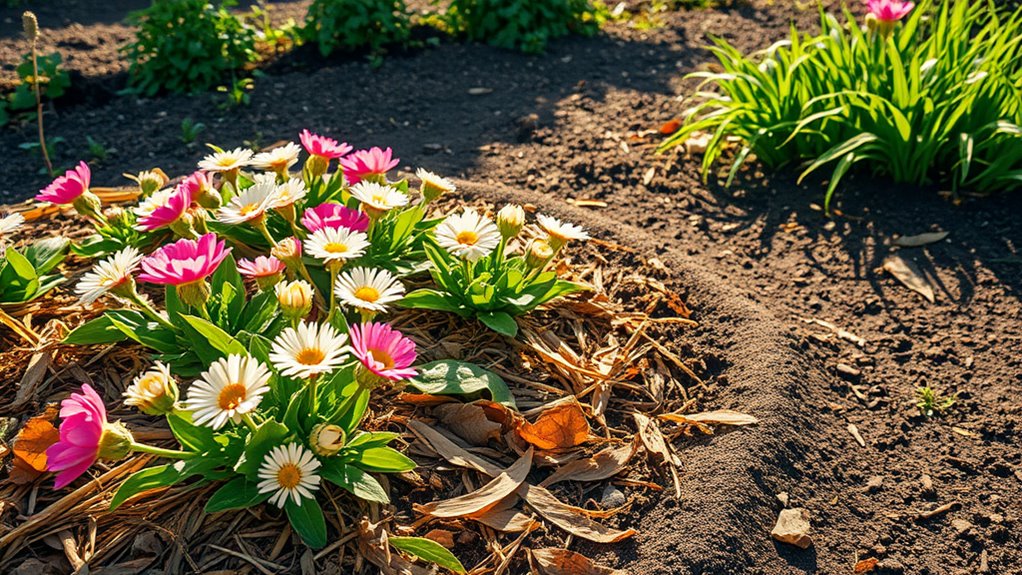These 3 Pruning Tips Made My Garden Grow Faster
You’ll boost your garden’s growth by mastering these three pruning tips. First, prune for better airflow to prevent diseases like mildew and increase yields by up to 50% through thinning branches for sunlight and fresh air. Next, remove dead or damaged branches with clean cuts to redirect energy and maintain plant vigor. Finally, make strategic cuts on crossing branches to encourage new, vigorous shoots and improve circulation. Put these into practice and uncover additional ways to elevate your garden’s health.
Key Takeaways
- Prune for better airflow to prevent diseases and increase yields by up to 50% through improved circulation.
- Remove dead or damaged branches to redirect energy to healthy parts, enhancing plant vigor and growth.
- Make strategic cuts on crossing branches to encourage new, vigorous growth and better light penetration.
- Time pruning for late winter or early spring to ensure quicker recovery and boost overall plant health.
- Use sharp tools for clean, 45-degree angle cuts to promote healing and accelerate new shoot development.
Prune for Better Airflow
To boost your garden’s health, prune for better airflow so your plants can avoid diseases like mildew that thrive in stagnant conditions. Moreover, effective pruning techniques, such as those applied to tomatoes, can lead to a 50% increase in yield by enhancing overall plant productivity.
For fast-growth pruning, you strategically thin out overcrowded branches, opening up space for sunlight and fresh air to penetrate. This active technique encourages robust photosynthesis, speeding up nutrient uptake and overall vigor.
Focus on cutting back only what’s necessary—say, 20-30% of foliage in dense shrubs—to maintain balance while minimizing stress.
You’ll notice quicker stem elongation and healthier blooms as improved circulation wards off fungal threats, ultimately accelerating your garden’s fast-growth potential.
By incorporating a straightforward methodology from expert guides, you can refine your pruning techniques for optimal results.
Remove Dead or Damaged Branches
Removing dead or damaged branches keeps your garden’s fast-growth momentum going by redirecting energy to healthy parts and preventing disease spread.
First, inspect your plants regularly for signs like brittle wood, discoloration, or pest damage to spot issues early. Use sharp, clean pruning shears or loppers for precise cuts, always just above the branch collar to promote healing without leaving stubs.
This practice enhances your garden’s vigor, reduces pest habitats, and maintains structural integrity. Remember, timing matters—tackle this in late winter or early spring for optimal results, ensuring you’re geared up with gloves for safety.
Stay vigilant to keep your plants thriving. For instance, adopting a specific pruning habit transformed my gardening experience by leading to healthier and more abundant plants.
Moreover, proper pruning techniques can optimize plant health, resulting in enhanced growth and vibrant blooms.
Encourage New Growth Through Strategic Cuts
When you make strategic cuts in your garden, you’re channeling the plant’s energy toward fresh, vigorous growth that revitalizes its structure. To do this effectively, target areas like crossing branches or above outward-facing buds, making clean, 45-degree angle cuts with sharp pruners to promote healing and direct new shoots outward.
For shrubs, perform thinning or heading cuts to open the canopy, allowing better light and air circulation, which boosts photosynthesis and reduces disease. Time your pruning for early spring or late winter to minimize stress, ensuring quicker recovery and more blooms. This approach not only enhances growth but also promotes thriving blooms for a vibrant garden.
Always monitor plant responses and adjust for optimal results.
By incorporating three essential pruning techniques, you can significantly enhance the growth rate of your garden plants.





